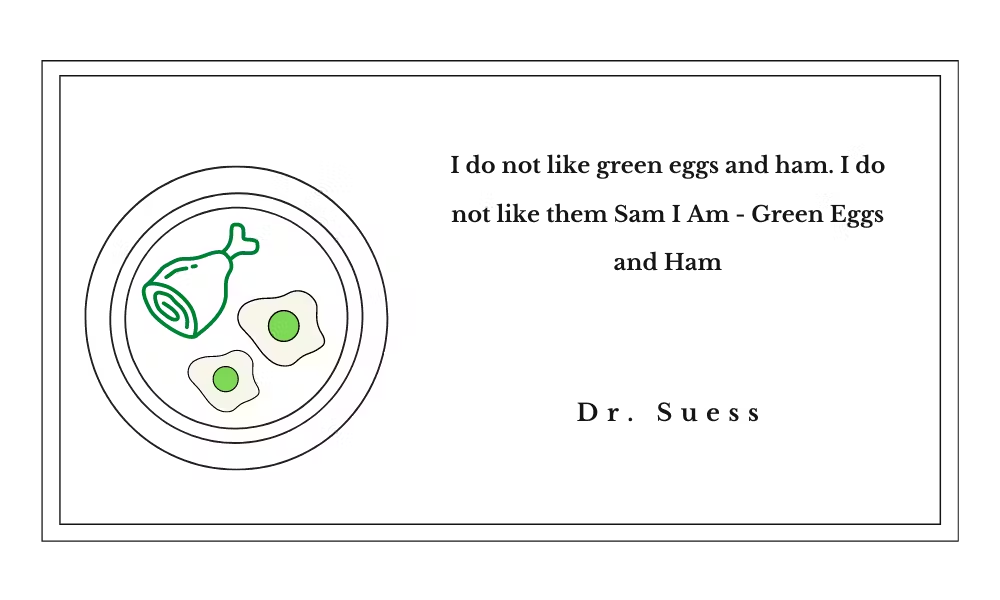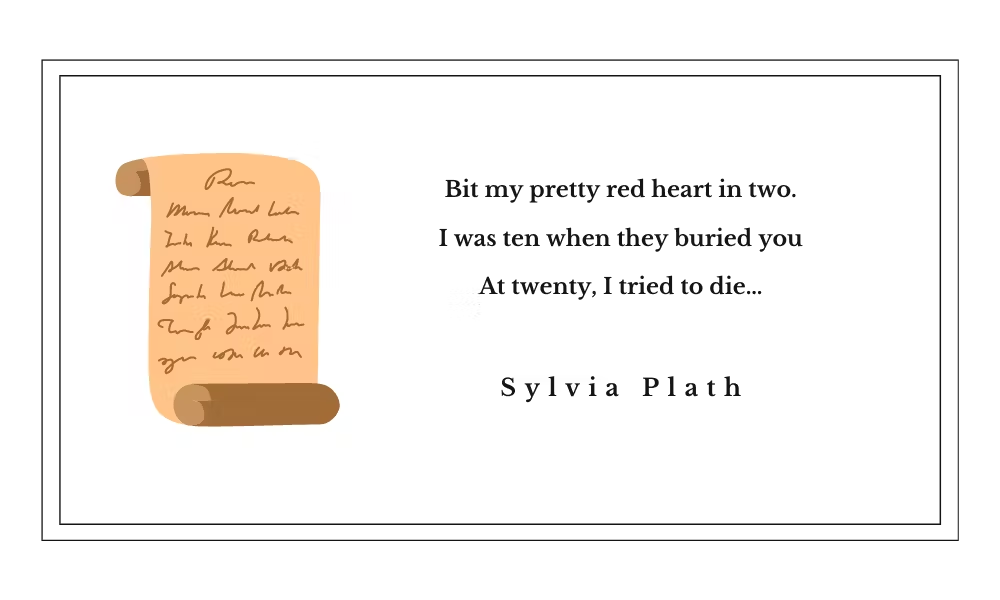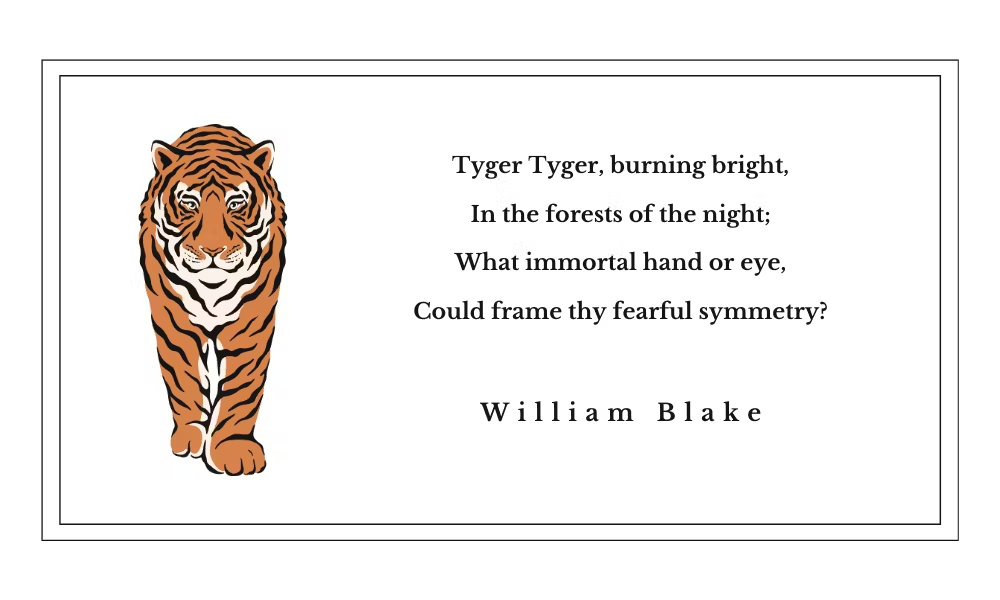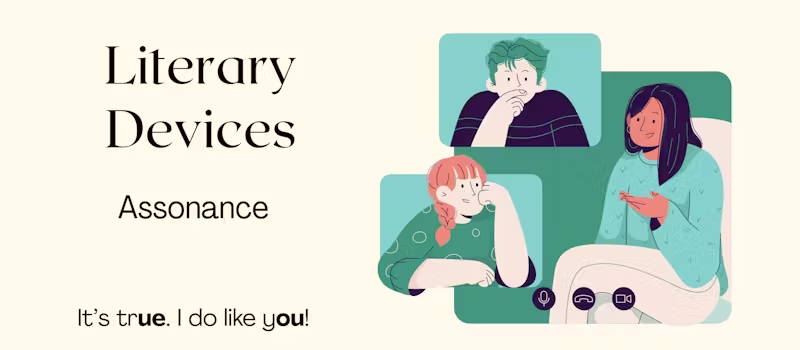Assonance Examples | Wonderful Literary Devices Explained
More content
If you want to sound like Edgar Allan Poe, are inspired by Carl Sanburg, or think of yourself as a William Wordsworth in the making, look no further. In this article, we will define the function of assonance and give examples of how you can use it.
We will give you the tools to use this popular form of literary language in your work so you, too, can be a master of the English language. Let’s get started!
Definition Of Assonance
Assonance, in its simplest definition, is when two or more repetitive or similar vowel sounds are used in the middle of words closely bunched together, unlike an internal rhyme that uses both consonant and vowel words between stanzas.
The etymology of assonance actually shows that French poets most likely used this literary device before the introduction of proper rhyme in the 12th century. It is still used as a critical sound device in Spanish and Portuguese poetry today.
Assonance sounds like a complicated poetic device, but it’s really quite simple.
Using assonance in your writing adds drama, rhythm, and often a linguistic flair to your work, and you’ll notice it is used in lots of different ways.
If used correctly, assonance can also change the tempo of your writing, which then intensifies the overall mood.
Examples Of Assonance
- Clap your hands, and stamp your feet.
In this example, the repetition of the short /a/ sound is used. - The sun rose high in the bright sky.
In this example, the repetition of the /y/ and long /i/ sounds are used, which are interchangeable repeated vowel sounds.
Other Common Examples Of Assonance
Although assonance is more commonly used in poetry and prose, this literary device can be seen everywhere, even in everyday language, especially when using Idiomatic expressions - because it's catchy and easy to remember.
- Chips and dips (Repetition of the /i/ vowel sound)
- Surf and turf (Repetition of the /u/ vowel sound)
- Go slow over the road (Repetition of the short /o/ vowel sound)
- Do good have good (Repetition of the /oo/ vowel sound)
- No pain, no gain (Repetition of the /ai/ vowel sound)
- She eats the sweet treats (Repetition of the /ae/ vowel sound)
- It’s true. I do like you! (Repetition of the /ue/ vowel sound)
Also, a fun thing to note is the difference between perfect and imperfect rhymes. Perfect rhymes are where the vowel sounds are close or identical to each other, whereas imperfect rhymes will have slight differences; for example:
- The cat is out of the bag
In this example, the repetition of the short /a/ vowel sound but a different final consonant makes for an imperfect rhyme.
Click each card to learn more.
A Famous Shakespirian Assonance
You’ve probably come across this famous extract from William Shakespeare’s Romeo and Juliet before:
“O Romeo, Romeo, wherefore art thou Romeo?"
Here, the repetition of the /o/ sound adds an artistic flair to the phrase that flows rhythmically, adding to the plea of Juliet’s cries for her lover.
There are many famous examples of assonance in different types of literature but let’s take a look at a few of them, so you know what to look out for.




Examples Of Assonance In Literature - English Poetry And Prose
Hear the mellow wedding bells,
Golden bells!
What a world of happiness their harmony foretells!
In this extract, you notice that Edgar Allan Poe uses the same vowel sound in:
- Mellow, wedding, bells, and foretells.
Adding to the urgency and giving joyful and playful energy to this English poem.
I do not like green eggs and ham. I do not like them Sam I Am - Green Eggs and Ham
In this extract, you’ll notice that Dr.Suess uses the same vowel sound in:
- Ham, Sam, and am.
Adding to the rhythmic quality of the work.
Bit my pretty red heart in two.
I was ten when they buried you
At twenty, I tried to die…
In this extract, you will notice that Plath uses a series of repeated vowel sounds. In the 12th extracted stanza, she uses the sound of /e/ with:
- I was ten when they buried you.
The use of the short /e/ adds to the drama of the line, making it almost staccato-like, sharp, and memorable.
Tyger Tyger, burning bright,
In the forests of the night;
What immortal hand or eye,
Could frame thy fearful symmetry?
In the first stanza of this poem, Blake uses the long form of the /i/ sound to add to the description of the main character, the ‘Tyger.’ If you read it aloud a few times, you will notice that the long also /i/ helps to build the rhyming quality of the extract.
Examples Of Assonance In Music
Assonance helps to build rhythm and suspense, so it’s no wonder that many artists use it in their songs and track titles. Also, assonance helps words that aren’t rhyming pairs to do so. Let’s take a look at a few examples together:
- Light My Fire - The Doors. (Repetition of the short /i/ sound)
- ‘Flash with a rash gimme my cash flickin’ my ash’ - Extract from Busta Rhymes - Gimme Some More. (Repetition of the short /a/ sound and /i/)
- ‘He’s choking. How? Everybody’s joking now…’ - Extract from Eminem - Lose Yourself. (Repetition of the short /o/)
- ‘And in the air the fireflies, our only light in paradise…’ - Extract from Nickelback - If Everyone Cared. (Repetition of the short /i/ sound)
Assonance Vs. Consonance
When you hear of assonance, you’ll often also hear about consonance. However, these two literary devices don’t function in the same way.
Consonance comes from the word ‘consonant,’ and consonants are all letters that aren’t vowels. So any letter that isn’t an;
- A, E, I, O, or U.
Consonance is when you repeat consonant sounds or letters in succession or pattern throughout a string of words.
- Touch the beach with a peach - (Repetition of the /ch/ consonant sound)
- All's well that ends OK - play by William Shakespeare. (Repetition of the /ll/ voiced consonant sound)
- Dogs are frogs living in sprogs (Repetition of the soft /g/ and /s/ consonants)
Have a play around and see how many you can invent!
Consonance is also often used in tongue twisters simply because it makes them easy to remember and flows off the tongue. For example:
- How much wood would a woodchuck chuck if a woodchuck could chuck wood? (Repetition of the /w/, /d/, and /ch/ consonant sounds)
- To sit in solemn silence in a dull, dark dock - (Repetition of the /s/, /l/, and /d/ consonant sounds)
Assonance Vs. Alliteration
Similar to consonance, alliteration and assonance also get confused simply because many poets and writers use them together as figurative language devices in their work.
Alliteration is a literary device that uses the same or similar consonant sounds generally at the beginning of a sentence or stressed syllables.
Examples of alliteration used at the beginning of a phrase:
- She sells seashells by the seashore - (Repetition of the /s/ consonant sound)
- Peter Piper picked a peck of pickled peppers - (Repetition of the /p/ consonant sound)
Examples of alliteration used alternatively:
- Cherry cookies in the kitchen - (Repetition of the interchangeable /c/ and /k/ consonant sounds)
Alliteration is also often used in brand marketing because it can help to create catchy slogans. For example:
- Dunkin Donuts
- Krispy Kreme
- Coca-Cola
- PayPal
- Bed, Bath, and Beyond
Other Types Of Figurative Language
Click each card to learn more and explore other types of figurative language.
Conclusion
See, figurative language and assonance can be fun and add an extra flair to your writing - really, it’s not that difficult when you get the hang of it.
Check out our other content, where we take a deep dive into verbs, talk about other types of literary devices, and break down English terms to help you become a wordsmith in no time!
